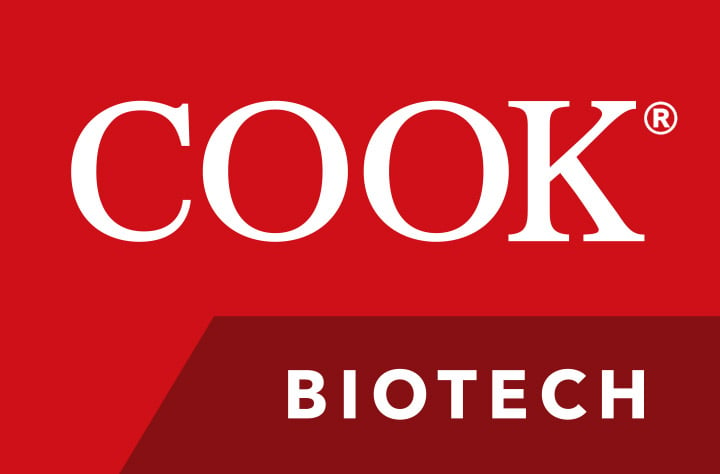HOME / PUBLICATIONS / The Interplay of ECM-based Graft Materials and Mechanisms of Tissue Remodeling
The Interplay of ECM-Based Graft Materials and Mechanisms of Tissue Remodeling
Jason P. Hodde and Michael C. Hiles
Original publication date: March 20th, 2021
Original publication date: March 20th, 2021
Abstract
Wound healing is a complex natural process that involves the recruitment of cells, the renewal of tissue composition, and the reinforcement of structural tissue architecture. Following ischemic injury or chronic disease, wound healing is delayed, and can often result in chronic inflammation or permanent morbidity. Tissue engineering strategies to harness the wound healing process include the use of naturally derived extracellular matrix (ECM) scaffolds with inherent bioactivity to both passively facilitate and actively direct healing toward a successful resolution. As the body heals, the properly designed ECM scaffold is gradually remodeled and integrated into the body, leaving behind organized tissue that provides long-term strength. Herein we explain the interplay of the ECM (i.e., its complex composition and bioactivity) with the cells of the body throughout the process of tissue remodeling, thus explaining how even a tissue-engineered xenograft material can direct the body to restore itself.
Wound healing is a complex natural process that involves the recruitment of cells, the renewal of tissue composition, and the reinforcement of structural tissue architecture. Following ischemic injury or chronic disease, wound healing is delayed, and can often result in chronic inflammation or permanent morbidity. Tissue engineering strategies to harness the wound healing process include the use of naturally derived extracellular matrix (ECM) scaffolds with inherent bioactivity to both passively facilitate and actively direct healing toward a successful resolution. As the body heals, the properly designed ECM scaffold is gradually remodeled and integrated into the body, leaving behind organized tissue that provides long-term strength. Herein we explain the interplay of the ECM (i.e., its complex composition and bioactivity) with the cells of the body throughout the process of tissue remodeling, thus explaining how even a tissue-engineered xenograft material can direct the body to restore itself.
©2021 The Authors. Licensee Cook Biotech Inc. This chapter is distributed under the terms of the Creative Commons Attribution 3.0 Unported License.


